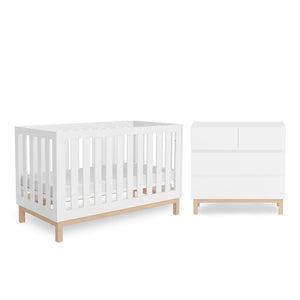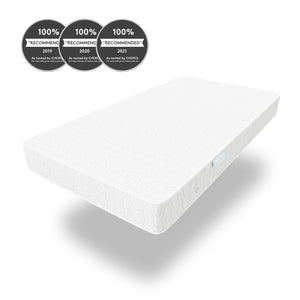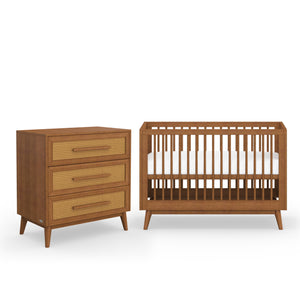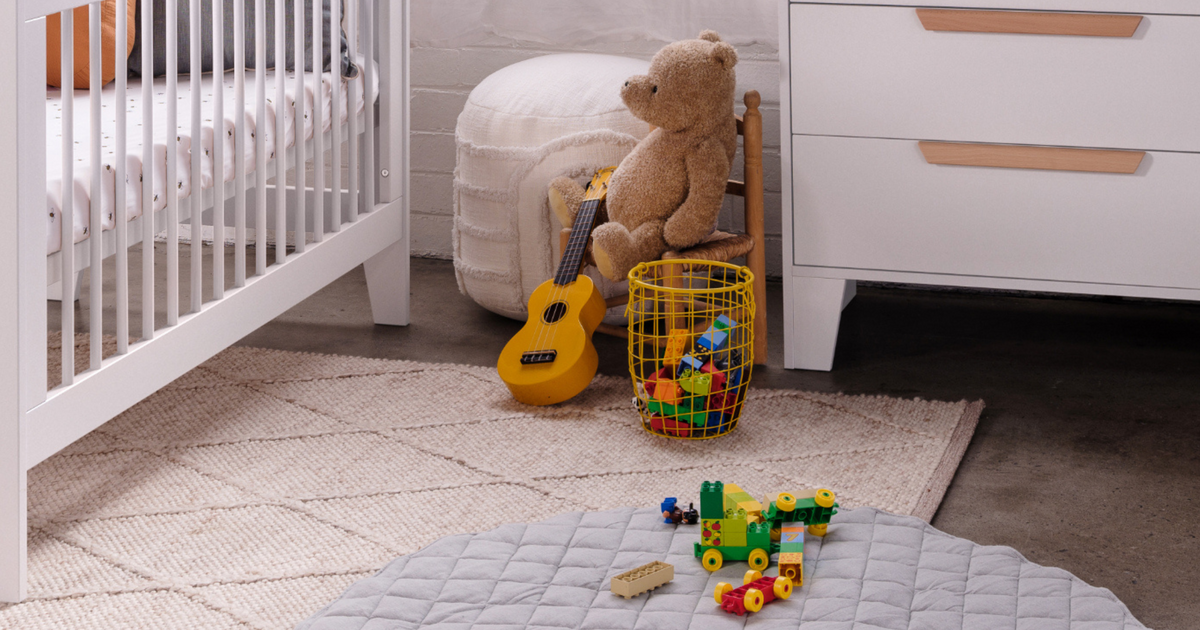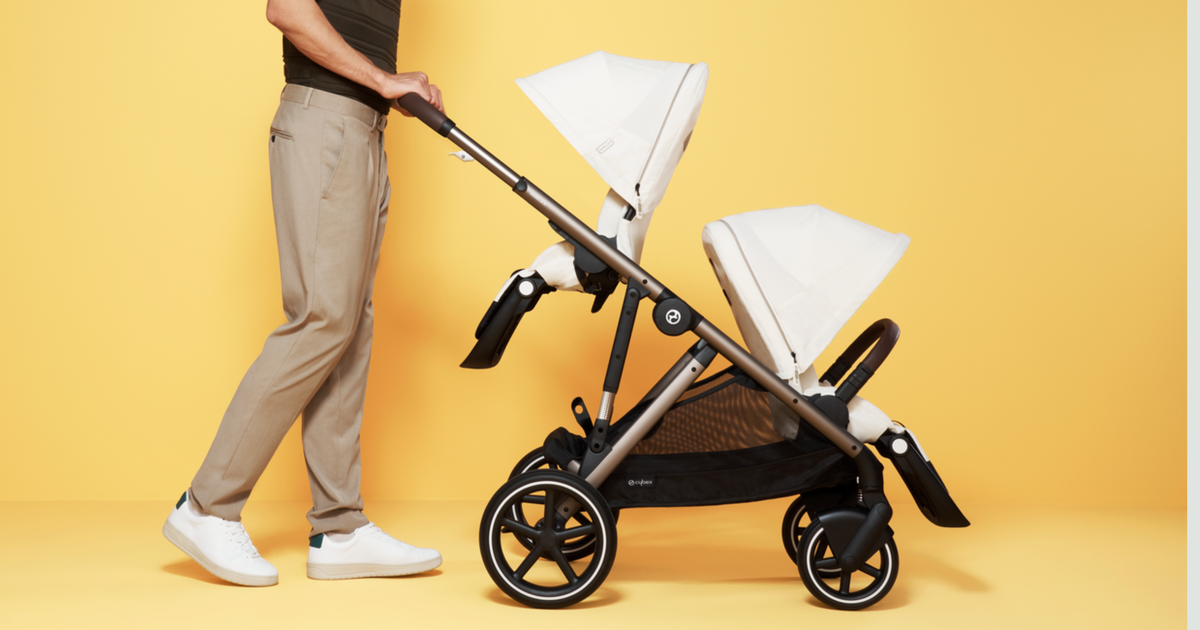Is it safe to buy second-hand nursery items?
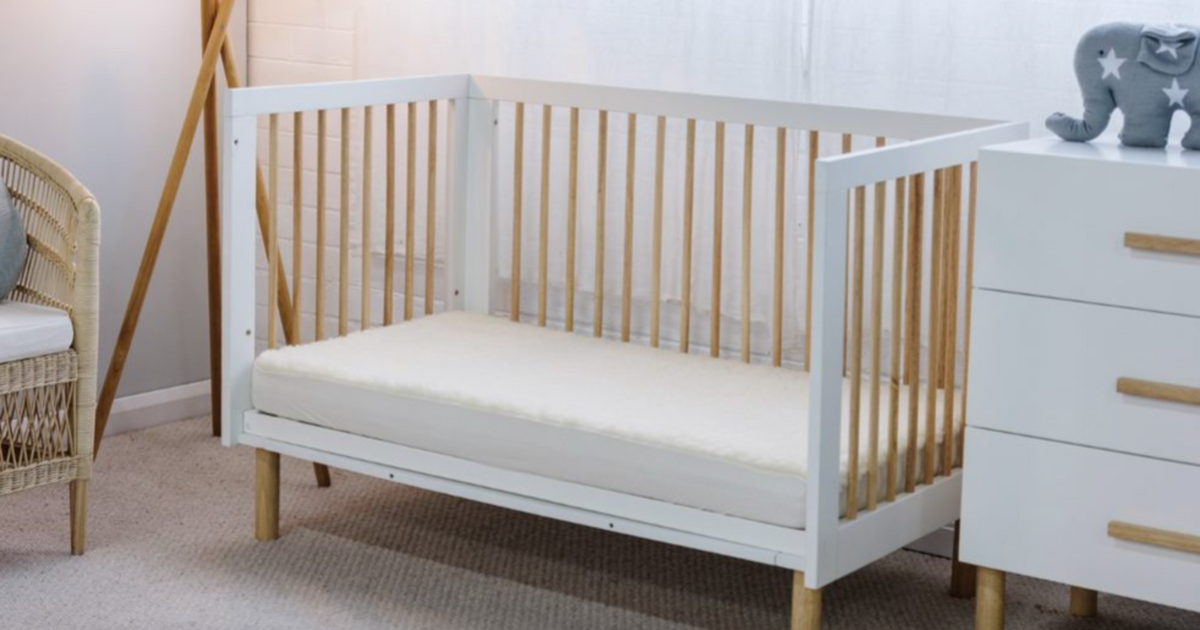
Whether due to the rising cost of living, a desire to live more sustainably, or simply for convenience, there has been a notable trend in parents turning to friends, Op Shops and Facebook Marketplace for their nursery essentials.
While this is a great way to cut down on costs (after all, babies can be rough on the budget!), not everything in the nursery is safe to get second-hand.
When buying baby products, the number one factor to consider should be the safety it offers your little one. Safety concerns relating to pre-owned items include damaged or missing parts, recalls you’re not made aware of, non-compliance with current Australian safety standards, expiry dates, hidden hygiene issues and more, all of which can pose a risk to your child.
But no need to fear – we’ll walk you through the most important things you should know! Join us as we explore which key items are not considered safe to get second-hand and why (especially from unknown sources or without proper inspection), followed by a list of items where going the pre-owned route can offer great bargains, from clothes to high chairs.
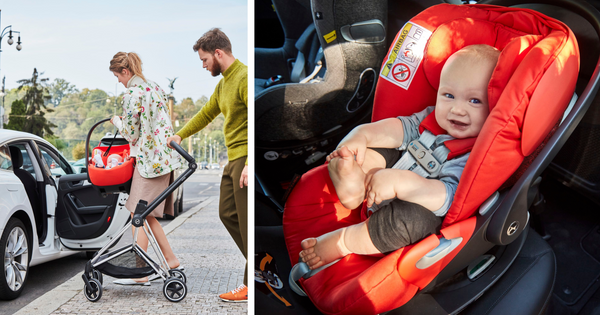
New is safer than pre-owned when it comes to these key items:
-
Car seats and infant capsules
Many new parents aren’t aware that it is not considered safe to buy car seats second-hand, especially if their history and condition is unknown. Not only are a car seat’s protective abilities compromised if it has been in even a minor accident, has expired (yes, they really do expire!), has missing or damaged parts, or has been recalled, this is not something you may be made aware of by the former owner. It doesn’t help that a hairline fracture in the car seat’s inner structure can be invisible to the naked eye. Considering the critical role they can play in saving your child’s life, it’s never worth playing roulette with a used car seat.
It’s also important to note that car seats are designed for children of specific ages, sizes and weights. A pre-owned car seat may not be compatible with your little one at their current growth stage (or even your car), and if it was bought overseas, it may not even comply with current Australian safety standards. We cannot stress the importance of investing in a new, quality car seat enough, especially one from a reputable retailer. Always ensure that you register it so that you can be instantly informed of any recalls, and make sure that you only use it exactly as directed by the manufacturer; this is one item where you don’t want to gloss over the instructions.
Read more about car safety for babies and toddlers
-
Cot mattresses
Your baby will spend a significant amount of their early years sleeping, so the last thing you want is for them to be exposed to an unhygienic or unsafe mattress. Even though a second-hand mattress may look clean, it can still harbour a smorgasbord of bacteria, mould and even things like dust mites, all of which can, at best, create skin irritations, and at worst, cause infections. If your little one experiences even a hint of breathing or skin irritations during the night, you may need to replace their mattress.
The general wear and tear of daily use can also impact the mattress’ integrity, causing it to lose the support and firmness that your baby’s growing body needs. This, in addition to the fact that a used mattress may not be a perfect fit for your cot (resulting in gaps around the sides), unfortunately increases the risk of suffocation, limb entrapment or even sudden infant death syndrome (SIDS). So yes, a new mattress is a big deal, and yes, it also applies to hand-me-downs between siblings.
That’s not all though... some older mattresses contain harmful chemicals that current Australian safety standards have banned, while others may have been stored in a damp or dusty garage before you received it. While this may be okay for adults, babies’ immune systems and skin are both more vulnerable at this early stage of life and need extra protection. If that’s not enough to convince you, remember that the more comfortable your baby is, the better their sleep is likely to be (tired parents rejoice!).
Learn why high-end baby mattresses are one of the best investments you can make for your baby’s health and safety.
-
Cots and bassinets
Ah, cots: the pride of any nursery, but often one of the biggest budget-breakers for expectant parents. It comes as no surprise that many families have considered going the pre-loved route here to save on costs, however, this is another one of those key items where safety trumps everything from cutting corners on price, to sentimental family heirlooms, and even the sustainability of reusing and repurposing items. Considering the sheer amount of time your baby will be sleeping in it, safety definitely comes first.
The issue here is that much like car seats, a cot may appear to be in good condition, while actually having structural damage from being bumped or mishandled. Likewise, the wear and tear of daily use can result in things like loose screws and weak spots in the wood, all of which can make the cot unstable and unsafe. Cots can also be recalled due to safety issues, something the previous owner may not have done or been aware of.
Current Australian safety standards have become much stricter in recent years and older or homemade cots may no longer meet their requirements. Common safety issues with outdated cots include horizontal rather than vertical slats (which can quickly become a ladder to adventurous tots), as well as slats that are too wide apart (where baby’s head or limbs could get stuck). As beautiful as that heirloom family piece may be, your little one’s sleep safety comes first.
Many expectant parents have a clear vision for their nursery’s theme, which can include repurposing old cots with a new coat of paint. What they may not realise however is that generic paint is not safe for children... and babies have a proclivity for licking and chewing everything! Current Australian safety standards require all cot paints and finishes to be tested and certified non-toxic for children.
Lastly, hygiene affects cots as well as mattresses and you might get more than you bargained for with a second-hand cot, including allergens, bacteria or even other nasties like lice and bedbugs... and we know new parents have enough on their hands without dealing with that!
Discover the 2023 Babyrest nursery furniture collection and read ‘Are pram bassinets safe for overnight sleeping?’
Honorary mention:
-
Prams
Many preloved prams might be just fine, but there are still a few things you should look out for before using to best ensure your little one’s safety. Do the brakes work properly? Are there any damaged or missing parts? How about mould or mildew on the seat covers? Be aware that most people use their prams until their children outgrow them, which can be many years and result in significant wear and tear.
Most parents who use a second-hand pram still prefer to buy a brand-new bassinet and mattress to make their newborn's sleeping area as hygienic as possible, so remember to check that your chosen pram’s accessories or spare parts are still available. It can be a great way to balance affordability with hygiene.
Read How to clean and maintain your pram
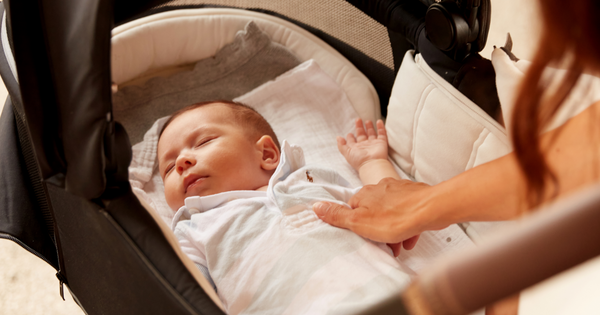
What if you’ve decided to go with your cousin’s old cot anyway?
If you do decide to go ahead and use a secondhand car seat, mattress or cot for your child despite recommendations, we cannot stress enough how important it is that you have a comprehensive understanding of the item’s history – how old it is, how much it has been used, whether there are any loose or broken parts, and if any DIY alterations have been performed. Deep cleaning will be essential, but just keep in mind that you may not see all of the hidden germs or be able to remove them.
You may be thinking, “but my parents used many secondhand items with me and I turned out fine!”.
We hear you! Unfortunately, that has not been the case for every family. As safe sleep experts like the legends over at Red Nose continually research infant safety, our understanding of simple things we can do to better protect our children increases. This in turn informs recommendations for Aussie parents on which items are not safe to use second-hand, and these recommendations are likely to continue to evolve based on the latest evidence. That’s a good thing, because we all want a world where no parent has to grieve the loss of a child.
So... which items are okay to get secondhand?
In general, it is safe to buy pre-owned baby items that can be easily cleaned, that you can confirm have not been recalled, and do meet current safety standards. Some items that are usually* safe to buy or accept second-hand include clothing (a great way to save considering how fast little ones grow!), high chairs, changing tables, baby monitors, nappy bags, play pens, bouncers or swings, baby books and plastic toys that can be easily sanitised. Before bringing anything into your nursery however, it is important to also check for any damage or wear and tear, remembering to deep clean it before use.
*Dependent on the item’s condition and prior use

For high quality, safety-first nursery essentials, look no further than our Babyrest and Cybex products:
- Babyrest mattresses and bedding →
- Babyrest cots and bassinets →
- 5-star safety rated Cybex Cloud Q capsule →
- Cybex prams →
Anstel has a team of passionate expert representatives. Get in touch with us today with any questions about your baby and toddler needs.
Nursery tips and tricks:
- How safe is your nursery? Your 10-step safety checklist
- How this Aussie mum finally found the perfect cot mattress
- Boori vs Babyrest: Comparing their cots, mattresses and changing solutions
- How we design baby mattresses (and other essentials) in Melbourne
- What most parents overlook when preparing for their new baby
More pram-related blogs you may find interesting:
- How to navigate public transport with a pram in Australia
- Cybex Priam 2020 vs 2022 comparison: What's changed?
- Comparing the Cybex Balios S Lux, UPPAbaby Cruz V2 and Bugaboo Cameleon 3 Plus
- Cybex Sport: Introducing the Avi and Zeno sports strollers
